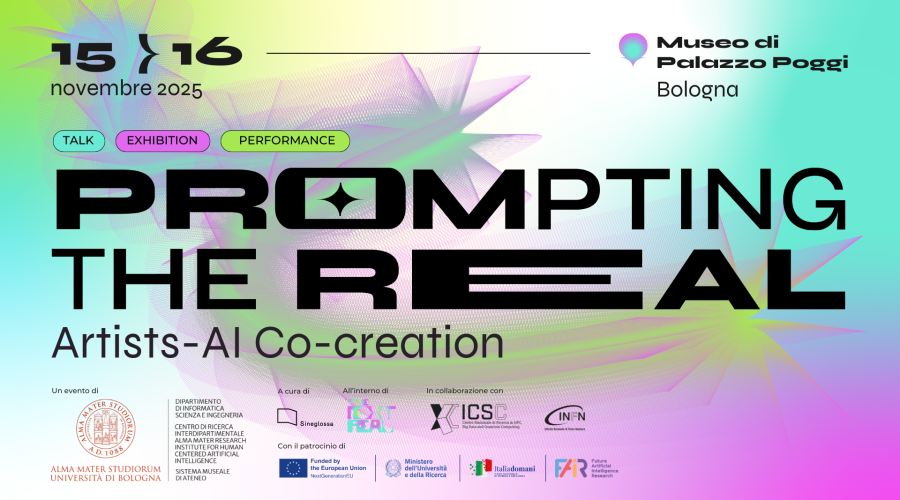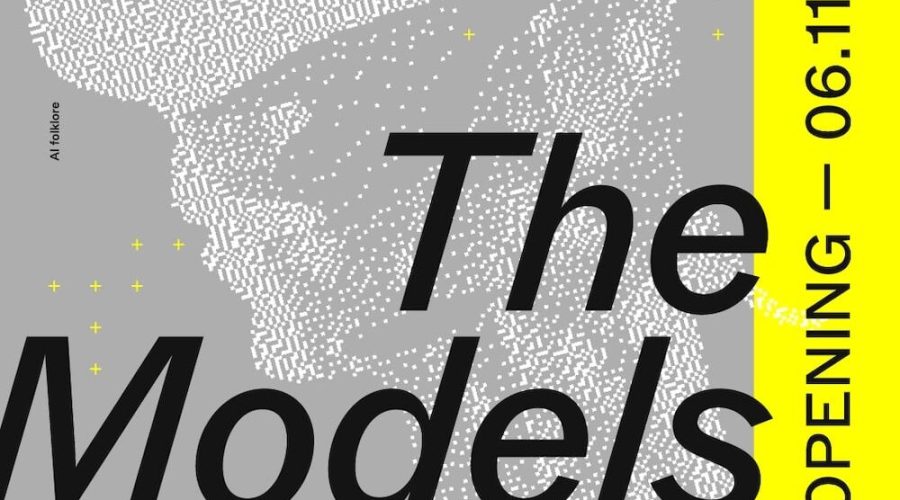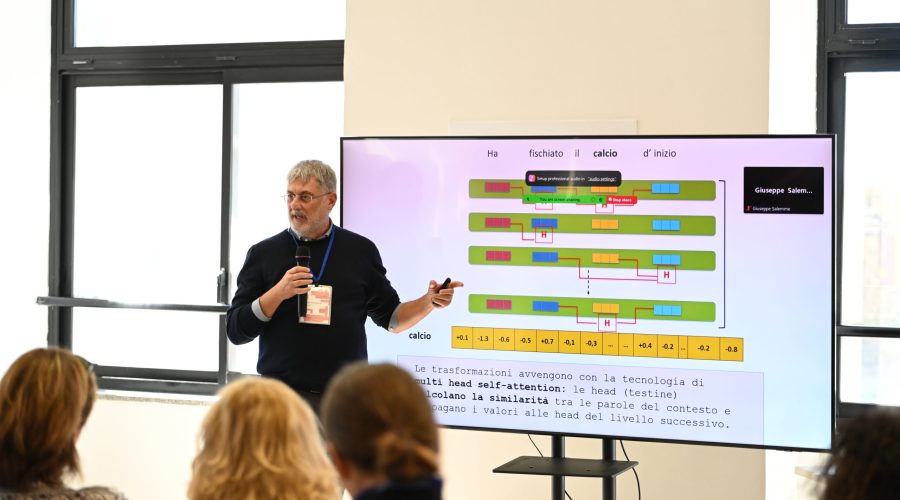October 8, 2022
Combo, 128 Corso Regina Margherita, Turin
Free up-to-you admission with reservations required → book
FOOD DATA DIGESTION, the artistic research and production project born from the encounter between Play with Food and Sineglossa, is expanding. A new study entitled BOLO will be presented on October 8 in Turin, Italy, as part of the 11th edition of Play With Food – The Food Scene.
How do you feed an AI?
The study stems from some questions: if artificial intelligences are machines created to think, talk and act like humans, then how do they feed an AI? What does it eat? The answer we have given ourselves is that the nourishment of a machine are data, but then the questions multiplied: how does the machine react to a given nutrient? There are toxic data? An artificial intelligence can be intolerant?
Out of these questions, which aim to stimulate a non-obvious reflection on our increasingly close and reciprocal relationship with AI, was first born And We Thought, a work by multidisciplinary artist Roberto Fassone, and now comes Bolo, the first study by Valerie Tameu.
If an artificial intelligence could imagine the journey of a bolus, in its infinite possibilities of transformation and existence, what would it tell? What meaning would the term “digestion” take on? AI, fed with a vast dataset of information, not neutral but culturally given, will produce narratives and become a prime observatory to highlight what biases and patterns of thinking it learns from our cultural context. The stories produced by AI will be condensed into a few texts, becoming rituals of transformation.



